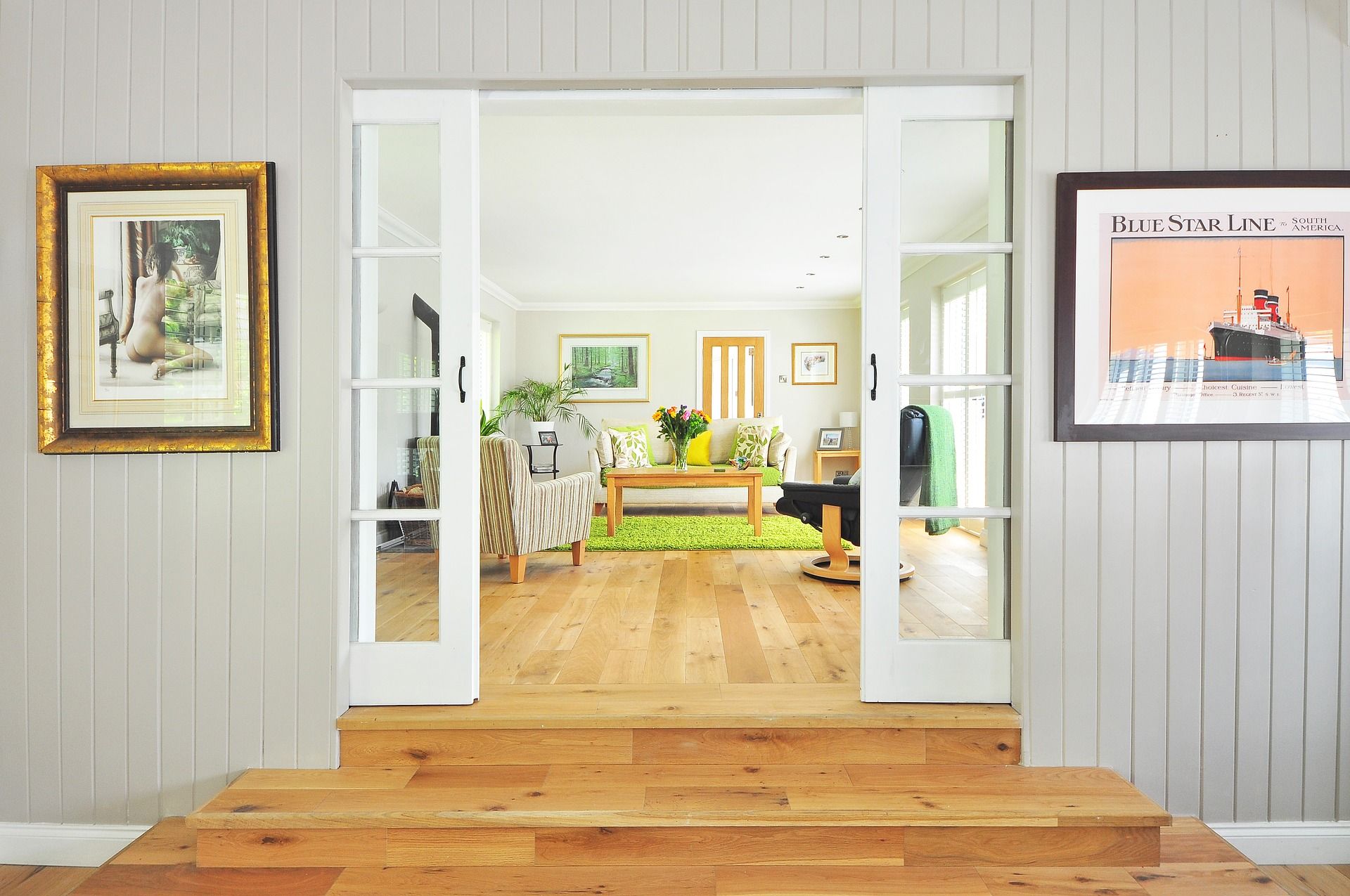A house with a good skeleton has the basic framework necessary to meet the needs and desires of the dweller. If you're a home buyer who is on the hunt for a home with good bones, then let's break down the 7 things you have to watch out for.
“Good bones”
This is perhaps one of the overused terms in real estate. Real estate agents, home builders, and seasoned home sellers wax poetic on “homes with good bones” during house hunts. We've all heard of this catchphrase but did we really understand what it meant?
A house with a good skeleton has the basic framework necessary to meet the needs and desires of the dweller. In other words, it is a house that is solidly built, nothing more. The building's colorful facade and quirky interior design are just bonus features – it is the quality of the infrastructure we're actually concerned about, from its smooth floor plan to its solid foundation.
If you're a home buyer who is on the hunt for a home with good bones, then let's break down the 7 things you have to watch out for.
1. Ultra-smooth floor plan
A home with good bones has a streamlined layout with lots of usable living space. The floor plan features both public and private spaces as well as a good flow between the two. A good layout also provides smooth transitions between the indoor and outdoor areas.
When looking at the floor plan, ask the following questions:
- How does traffic travel through the house as a whole?
- Are the rooms arranged logically?
- Are the placements of walls and dividers appropriate?
- Are the rooms livable?
If the floor plan feels awkward and you have to renovate (and pay more) to make particular rooms more livable, then you may reconsider buying the house.
2. Light, open, and airy ambiance
Nobody loves living in a space that feels tiny and cramped up. If your space has a smaller square footage, make sure you flood it with sunlight so it can create an open, airy ambiance. That being said, a home with oversized windows and high ceilings is definitely a steal.
Just because a home is dark doesn't mean you'll give up. You can make small changes to bring in more natural light, like adding windows on at least two sides of most rooms. You can also add skylights and transom windows to help light spread throughout your home.
3. Well-proportioned rooms
Good bones are also manifested in the rooms' suitable sizes and shapes. Like, a comfort room that is way bigger than the master's bedroom might pose an issue, right?
We get it – go big or go home. But while tiny spaces feel cramped, spaces that are too big may also be a disadvantage for they could feel cold, uncomfortable, and inappropriate. Rooms should be huge, but not too huge. Ceilings should be high, but not too high.
If the room feels too open and cavernous, you can remedy by adding divider walls and large pieces of furniture to make the space cozier. On the other hand, you can remove the walls if you want to create an open floor plan.
4. Solid roof and foundation
A home is not a home without these two fundamental structural elements. Since they are the most important parts of a house, there's no denying that these are also the most expensive parts to repair or replace. To save yourself from major renovations and hefty costs, inspect if they're sturdy enough when you go house hunting.
Inspect the roof for cracked, torn, bald, or missing shingles.
- Scan the house and look out for cracks on foundation walls, above the doorways, or in stairways.
- Check if the home has sloping or uneven floors. Does the house lean to one side or the other?
- See if there are windows that do not sit square.
- See if the roof of the front porch sags.
When in doubt, check with a professional home builder or home inspector.
5. Only minor revisions are needed
A home is likely to have good bones if there are only minor issues that needed to be addressed to complete the space, such as personal decorating. Aside from foundation and roof, crucial infrastructure elements including the heating, plumbing, and electrical systems have to be in good shape so renovations would become much easier.
6. Superb quality of home building materials
Check the materials used to build the home. Is it made of genuine lumber? Or did it use brick, stones, and concrete? Are the floors made of sturdy hardwood? Are there steels embedded in concrete to provide support? These are just some of the materials humans have relied on to build homes over the years.
Keep in mind that some materials have drawbacks. For instance, if the home is built on wood, it can be vulnerable to moisture damage, predation by insects like termites, and fire. Brick and stone are your best bets, according to professional home builders.
7. Visually interesting architectural details
Affixed elements such as exposed beams or plaster work, intricate paneling, baseboards, and chair railings, elaborate moldings, and artsy fireplace mantles are details that add visual interest. Again, these exquisite architectural details are a bonus though they deserve to stand out.

